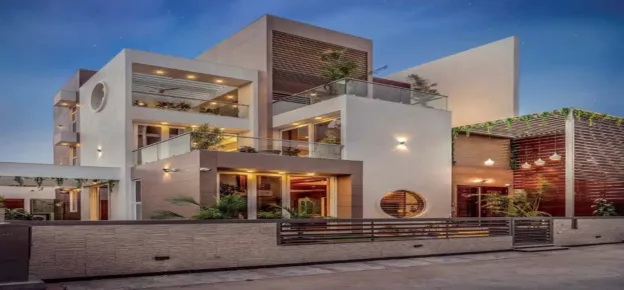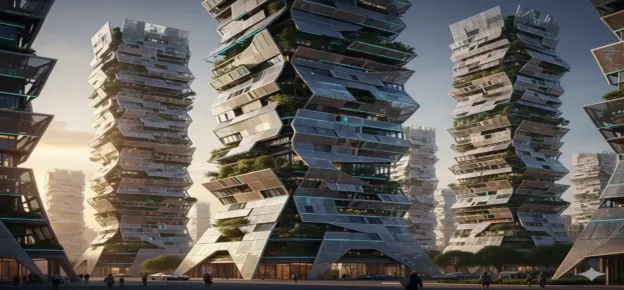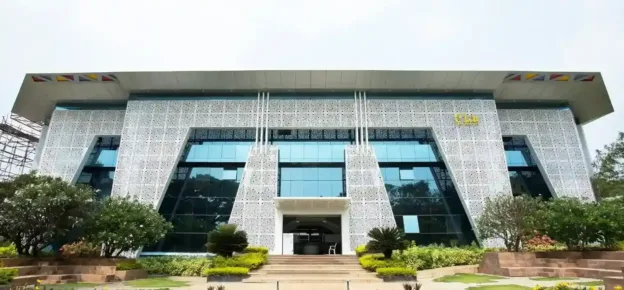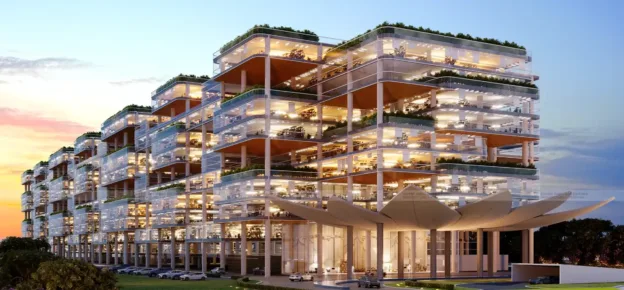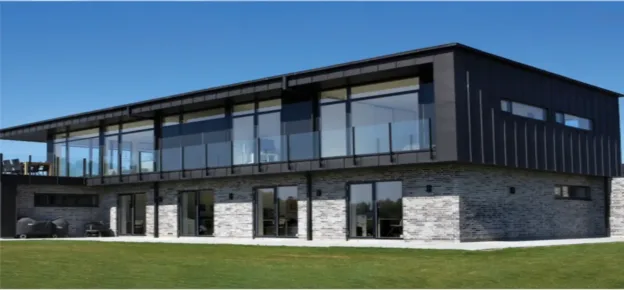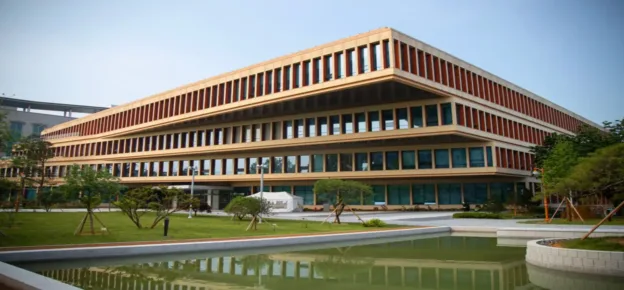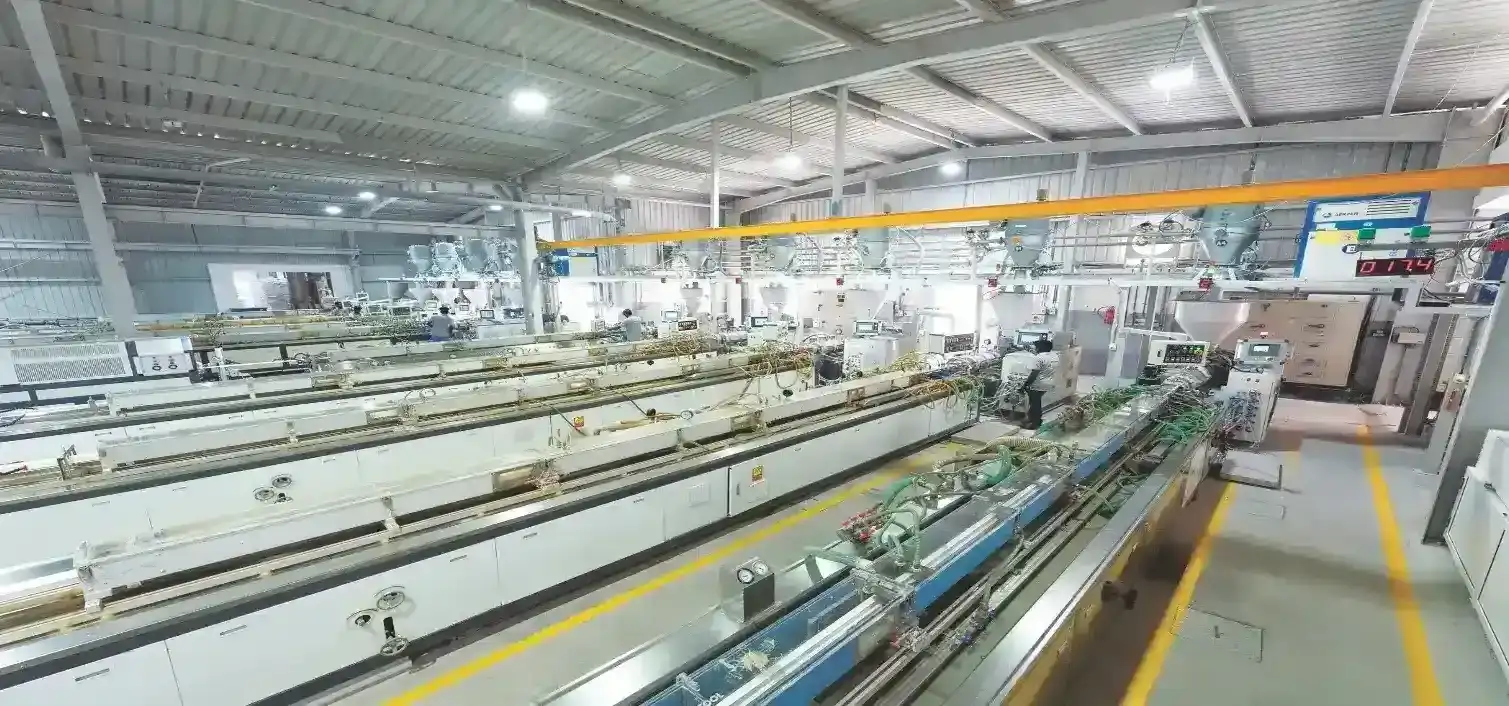When it comes to designing or renovating spaces – whether commercial or residential – the choice of wall cladding materials plays a vital role in achieving the desired look and functionality. Nowadays, cladding is about more than just aesthetics; it’s also about durability, insulation, ease of installation, and the level of maintenance required over time. Some of the most popular materials include glass, tiles, and High-Pressure Laminate (HPL) cladding, each with its own unique set of advantages and disadvantages.

Glass cladding is often linked to sleek, modern designs and the ability to bring in natural light. However, it does come with some drawbacks, such as being fragile and needing a bit more maintenance. Tempered glass might look sleek, but it’s not without its flaws – smudges, scratches, and the occasional shatter are certainly on the list, and it doesn’t do great in extreme weather either. While it’s great for letting light in, that can lead to excessive heat gain in warmer areas, causing your energy usage to spike.
When it comes to tiles, a staple for both indoor and outdoor areas, they generally outlast glass but still aren’t immune to their problems, like breaks, cracks, and degraded grout. Those grout lines can trap moisture, which can invite mould growth over time. On top of that, installing tiles can be quite a chore, demanding careful alignment and ongoing grout upkeep.
On the flip side, HPL exterior cladding is stepping into the spotlight as a modern and practical choice for homes and businesses alike. These panels are engineered to resist impacts, harsh weather, and pollution, making them incredibly tough against scratches and cracks. Plus, their thermal insulation features help keep indoor temperatures stable, effectively cutting down on energy costs all year round.
From an installation perspective, HPL really excels with its lightweight design and ease of handling, which helps cut down on both labour and time. Its non-porous, anti-dust surface also means you won’t have to worry much about upkeep – just a quick clean with a damp cloth is all it takes. Additionally, due to features like fire-retardancy and chemical-resistance, HPL is a safer choice for commercial projects that demand such compliance.

Greenlam Advantage: Cladding Solutions Built To Last
Greenlam Clads are leading the way with their exterior-grade compact laminates, merging beautiful design with strong performance. Their cladding solutions are crafted for durability, sustainability, and style, making them a great fit for contemporary façades. With low VOC emissions and a focus on eco-friendly production, Greenlam Clads is not only redefining what durability means but also championing sustainable building materials.
To sum it up, while glass and tiles have their roles, HPL cladding stands out as a more comprehensive, future-ready solution for modern design needs.
For More Details On The Product,
Contact:
Greenlam Industries Limited
Email: info@greenlam.com
Website: www.greenlamclads.com
Contact: 1800 833 0004


